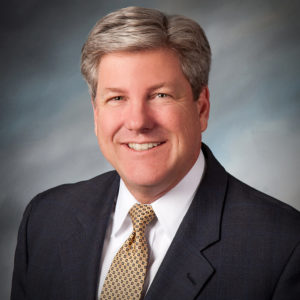Michael Kitces makes an important contribution to the discussion about how CFP Board should apply its fiduciary standard, in his recent blog post.
In sum, Kitces urges CFP Board to abandon its approach of applying its fiduciary standard only when a certificant is doing financial planning, or material elements of financial planning, and instead apply its fiduciary standard by the mere virtue of being a CFP certificant. As Kitces notes: “The fiduciary duty should attach the moment someone holds themselves out in an advisory capacity,” which means if you hold yourself out as a CFP professional, “the fiduciary duty should immediately (and irrevocably) apply.” In his analysis, Kitces argues that investors should, of course, have ample access to pure order takers who do not render advice, but these order takers should not also hold themselves out as CFP certificants.
While Kitces focuses on the case for expanding the reach of the CFP Board fiduciary standard from “doing financial planning” to “being a CFP certificant,” he also makes the case that the current CFP Board policy for applying the fiduciary standard – the policy of carving out facts and circumstances in which the CFP Board does not hold a CFP certificant to its fiduciary standard – is, essentially, probably far less than meets the eye. While offering no data to support his argument, Kitces argues under CFP Board rules, the frequency of a CFP certificant not doing material elements of financial planning OR that of a prospective client not expecting to receive material elements of financial planning is probably not great. Kitces notes that, by CFP Board rules, if the client intended to receive financial planning advice from the CFP certificant, the CFP certificant becomes a fiduciary, irrespective of, it appears, what the CFP certificant intended.
By this logic, in part, he suggests it is likely a rare instance when the CFP certificant can fairly claim to be exempt from CFP Board’s fiduciary standard. As such, “the actual amount of public harm” accruing from CFP Board’s current policy “may be quite limited and almost negligible.”
Kitces makes a number of assumptions along the way that need to be examined, but his argument and conclusions are compelling and add to the discussion. One point (there are others) not directly addressed is this: even if the frequency of the CFP certificant exempt fiduciary status is far less than believed or assumed by simply looking at the number of CFP certificants who are registered representatives, does this mean that the CFP Board messaging that clearly implies that CFP equals fiduciary, then, is deemed less misleading OR just sometimes misleading? Or, effectively, not misleading at all? And if the messaging is deemed just less or sometimes misleading, does this mean CFP Board messaging meet the fiduciary standard requirements to serve the client’s best interests and act in utmost good faith?

